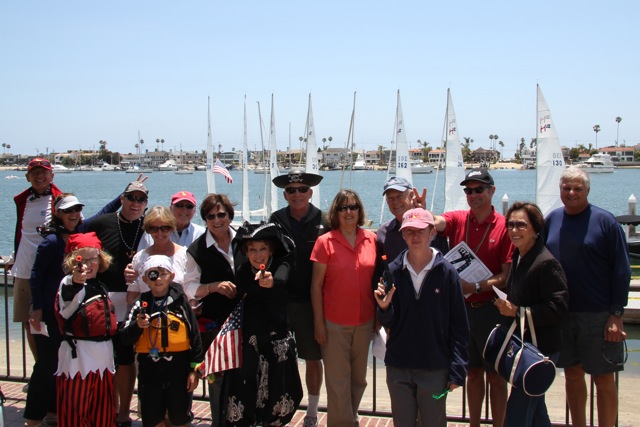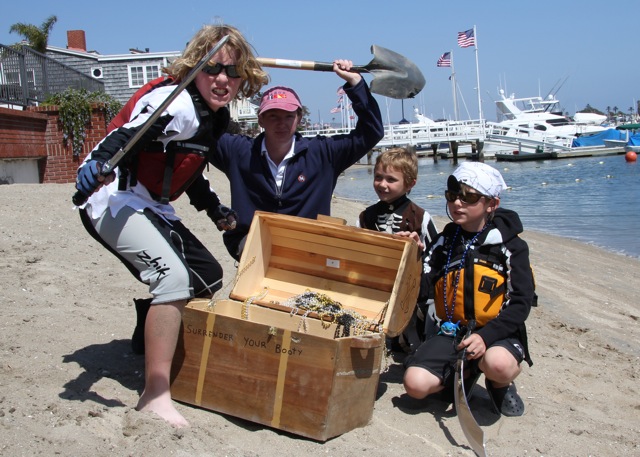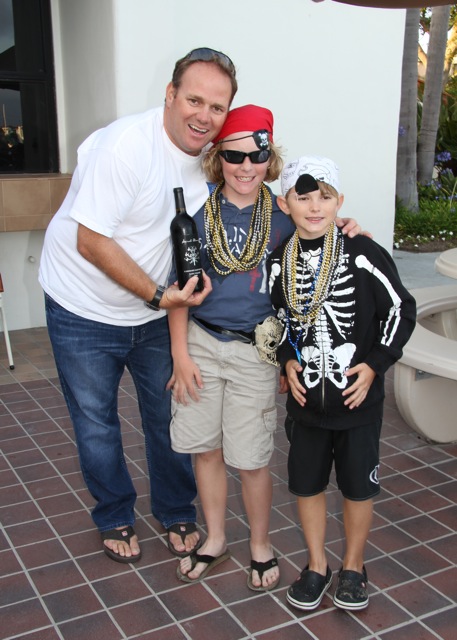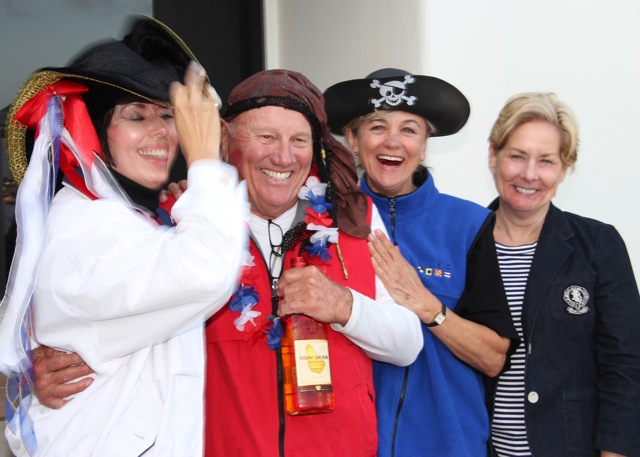Our First, First Place in San Diego Wednesday Night Beer Can Racing
By Paul Briant, South Coast Yachts
This was our 6th Beercans race in the South Coast Yacht’s Harbor 20 and our first victory. We have been slowly learning how to make the boat fast, being a new skipper and also learning the start sequences, some tactics and the vagaries of the wind and current in San Diego bay. Our series record now stands at 4-5-2-2-1. I had some experienced crew in races 5 and 6 which really helped to keep the boat going while I steered.
In the Fifth Race, I had the honor of having Tom Schock as crew and that experience is what helped set us up for the win on Wednesday. Tom taught me all the finer points of how to keep the boat moving in the light air, drive through the chop and roll the boat thru a tack and maintain her speed. We led the fleet until the final leg but got trapped in a hole and ended up in a closely fought Second, our best finish to date.
In the Sixth Race, we almost cancelled for lack of crew, but Barrett Canfield, the Manager of South Coast Yachts and his business partner Rick Day decided at the last minute to join me. Rick is a great tactician and having the two crew trimming and calling tactics allowed me to concentrate on steering the boat and keeping her fast.
We got an OK start and were three boat lengths behind our main competition going into the windward mark. Fortunately, they got into a tactical dual with a bigger boat and opened the door for us to steer a rhumb-line coarse for the leeward mark. The wind was getting lighter and lighter which favored us.
Our secret weapon, the jib boom, pulled us efficiently wing-on wing down-wind faster than the competition and we rounded the leeward mark two boat-lengths ahead. Rick had a knack for putting us in clean air and finding the breeze and we picked up both sailing up the middle of the course. Barrett did a masterful job of getting maximum drive out of the mainsail and changing gears for every puff and lull. We climbed away from the competition and finished about 10 boat lengths ahead of them. A great feeling as they were very experienced sailors in a fast boat who have handily won every other race this year and last.
The conclusions that I have come to after racing this boat in the series so far are basically the same for any boat in a race. The big difference is that you can get-away with being a little sloppy in a bigger boat as they are more tolerant of it , but in the Harbor 20, if your sails aren’t trimmed for the wind angle or condition, or one is sloppy on the helm, the boat slows down.
The Harbor 20 has to be sailed to her optimum all the way round the course to beat a bigger boat but to do so is most rewarding and really teaches you to be a better sailor. Having a good crew who can look for clear lanes and wind and let you concentrate on keeping the tell-tales flying is also invaluable. Barrett and Rick’s crewing was the difference in the race as well as the flow of rum beverages that kept appearing.
Winning the race was extremely fun, but the friendship, and camaraderie as we ghosted this lovely little boat back up the marina fairway on a beautiful spring evening, long past our slip because we were having so much fun. This was the memory that will stay with me.










